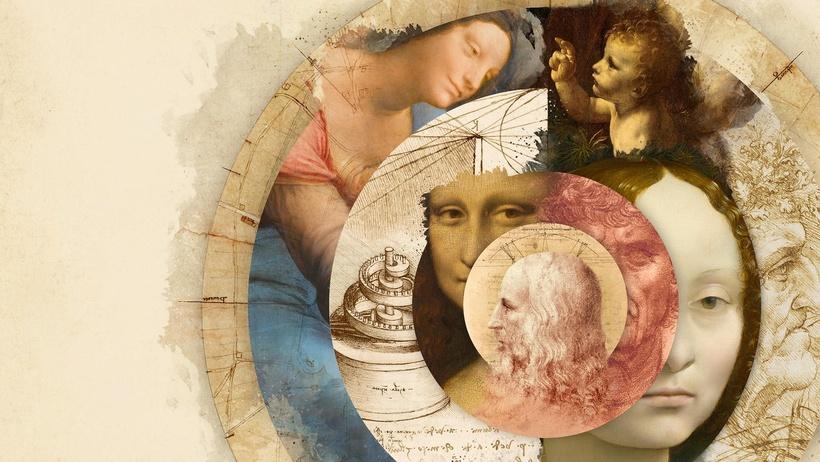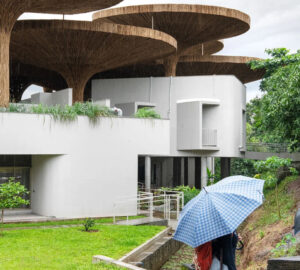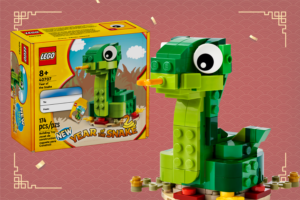Ken Burns, one of the most celebrated documentary filmmakers of our time, has once again turned his lens to an extraordinary subject: Leonardo da Vinci, the archetype of the Renaissance Man. Premiering today on PBS, this latest entry in Burns’s illustrious career delves deep into the life, work, and enduring legacy of a figure whose genius transcends time. With his trademark narrative style, Burns paints a vivid portrait of da Vinci’s boundless curiosity and creativity, offering viewers a rich and immersive journey into the mind of a true polymath.
A New Lens on an Old Master
Leonardo da Vinci is arguably one of history’s most examined figures, with countless books, films, and exhibitions dedicated to his life and achievements. However, what sets Ken Burns’s documentary apart is its approach to storytelling. Known for his innovative use of archival material, voiceover narration, and cinematic music, Burns breathes new life into da Vinci’s story.
Burns avoids the pitfall of focusing solely on da Vinci’s famous paintings, such as the Mona Lisa and The Last Supper. Instead, he adopts a holistic view, exploring Leonardo’s insatiable curiosity and contributions to fields as diverse as anatomy, engineering, botany, and urban planning. The documentary presents da Vinci not merely as an artist but as a scientist, inventor, and philosopher—a man whose ideas were centuries ahead of his time.
Narrative Structure: Telling Leonardo’s Story
The documentary is divided into three acts, each focusing on a pivotal phase in da Vinci’s life:
1.The Formative Years in Vinci and Florence
The film begins in the small Tuscan town of Vinci, where Leonardo was born out of wedlock in 1452. Through interviews with art historians and biographers, Burns explores how Leonardo’s early life shaped his worldview. Scenes of the Tuscan countryside, paired with excerpts from da Vinci’s notebooks, create a vivid picture of the young polymath’s budding interests in nature and observation.
The narrative transitions to Florence, where Leonardo apprenticed under the artist Andrea del Verrocchio. This period marks his first forays into painting and sculpture, but also hints at his broader ambitions. Burns underscores how Florence, as a hub of Renaissance thought, provided the fertile ground for Leonardo’s intellectual growth.
2.The Milan Years: A Renaissance Man at Work
The second act moves to Milan, where Leonardo entered the service of Ludovico Sforza, the Duke of Milan. Burns highlights this period as one of remarkable productivity, showcasing Leonardo’s work on The Last Supper, his anatomical studies, and his engineering designs. The film juxtaposes archival depictions of Renaissance Milan with CGI reconstructions of Leonardo’s inventions, offering a glimpse of how his ideas might have looked had they been realized.
Expert commentary emphasizes how Leonardo’s work in Milan was characterized by an extraordinary synthesis of art and science. For example, his detailed studies of the human body informed not only his anatomical drawings but also the emotional realism of his paintings.
3.The Final Years: Legacy and Obsession
The final act examines Leonardo’s later years, when he worked for powerful patrons like Cesare Borgia and King Francis I of France. Despite his declining health, Leonardo continued to produce groundbreaking work, including plans for advanced urban designs and studies of water movement. Burns poignantly portrays this period as one of both triumph and frustration—a time when Leonardo was revered as a genius but also plagued by unfinished projects and unrealized ambitions.
Voices and Perspectives: A Multifaceted View
As with all Ken Burns documentaries, the use of voiceover is central to the storytelling. The film features a cast of actors reading excerpts from Leonardo’s notebooks, letters, and contemporaneous accounts. This brings Leonardo’s thoughts to life, allowing viewers to experience his brilliance and humanity firsthand. Actor Benedict Cumberbatch lends his voice to Leonardo, imbuing his words with a contemplative and introspective tone.
Historians and experts also play a significant role in the documentary. Scholars like Walter Isaacson, author of the acclaimed biography Leonardo da Vinci, provide insights into the artist’s mindset and methodologies. Art historians discuss the techniques behind Leonardo’s masterpieces, while engineers and scientists marvel at his prescient understanding of mechanics and biology.
Themes and Insights: The Essence of Leonardo
Ken Burns’s documentary weaves several recurring themes that deepen our understanding of Leonardo da Vinci:
Curiosity Without Boundaries
One of the most striking aspects of Leonardo’s life is his refusal to limit himself to a single discipline. Burns explores how this boundless curiosity defined Leonardo’s identity. From studying the anatomy of birds to designing flying machines, Leonardo exemplified the Renaissance ideal of a universal mind.
Art and Science as One
A central thesis of the documentary is that Leonardo did not see art and science as separate endeavors. Burns showcases how Leonardo’s anatomical studies informed his paintings and how his artistic sensibilities enriched his scientific illustrations. This integration of disciplines feels especially relevant in today’s world, where interdisciplinary approaches are increasingly valued.
The Incomplete Genius
Despite his achievements, Leonardo left many projects unfinished—a point Burns explores with empathy rather than criticism. The film portrays these unfinished works as a testament to Leonardo’s relentless pursuit of knowledge, emphasizing that his ambition often exceeded the constraints of his time.
The Power of Observation
Leonardo’s keen powers of observation underpin everything he created. Burns delves into how Leonardo’s ability to see the world in minute detail set him apart from his peers. Through close-ups of his drawings and paintings, the documentary invites viewers to marvel at the precision and depth of his work.
Cinematic Techniques: The Ken Burns Effect
Burns employs his signature techniques to bring Leonardo’s world to life. Slow pans over Leonardo’s drawings and paintings allow viewers to appreciate their intricate details. Archival imagery and contemporary footage of Florence, Milan, and Amboise (where Leonardo spent his final years) provide a rich visual context. The score, composed by longtime Burns collaborator David Cieri, combines Renaissance-inspired melodies with modern arrangements, creating a timeless atmosphere.
CGI reconstructions also play a key role in the documentary. For example, Leonardo’s designs for flying machines and military equipment are brought to life through animations, giving viewers a sense of how revolutionary these ideas were for their time.
Why Leonardo Matters Today
Burns makes a compelling case for Leonardo da Vinci’s continued relevance. In an era defined by rapid technological advancements and interdisciplinary challenges, Leonardo serves as an enduring symbol of human potential. His insatiable curiosity, willingness to explore the unknown, and integration of art and science offer valuable lessons for the modern world.
The documentary also emphasizes Leonardo’s humanity. Despite his genius, he grappled with self-doubt, societal pressures, and the limitations of his era. By presenting Leonardo as both extraordinary and relatable, Burns invites viewers to see him not as a distant historical figure, but as a source of inspiration.
Impression
Even before its premiere, Ken Burns’s documentary on Leonardo da Vinci has been hailed as a triumph. Critics have praised its comprehensive scope, compelling narrative, and innovative visuals. Early screenings have sparked renewed interest in Leonardo’s work, with museums and educational institutions planning events to coincide with the documentary’s release.
For viewers, the documentary is more than a history lesson—it’s a celebration of creativity and curiosity. It challenges us to think beyond our own limitations and to approach the world with the same sense of wonder that defined Leonardo’s life.
Ken Burns’s PBS documentary on Leonardo da Vinci is a masterful exploration of one of history’s greatest minds. By blending meticulous research with cinematic storytelling, Burns offers a fresh perspective on a figure whose genius continues to inspire.
As viewers embark on this journey through Leonardo’s life, they are reminded of the boundless possibilities of human creativity. Whether through his art, inventions, or scientific studies, Leonardo da Vinci’s legacy endures as a beacon of what humanity can achieve when curiosity and imagination know no bounds.
No comments yet.








